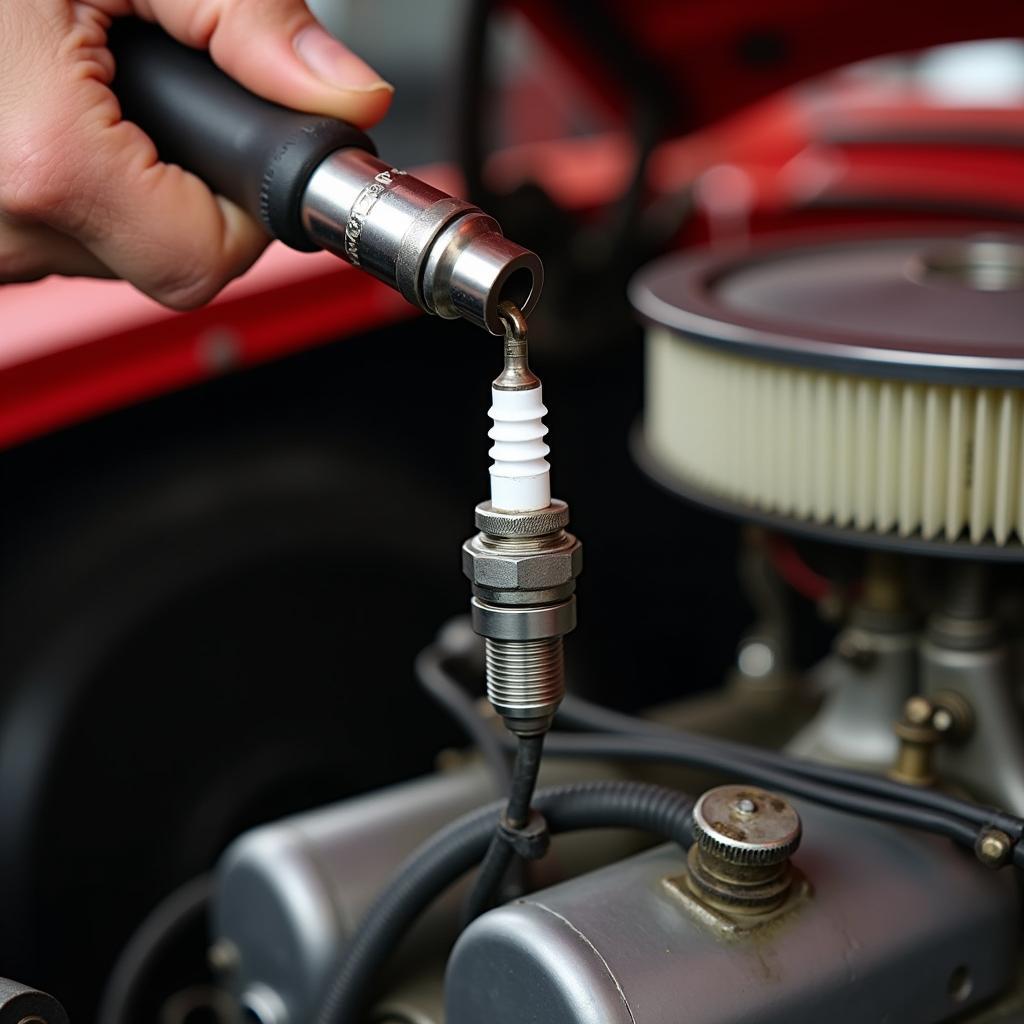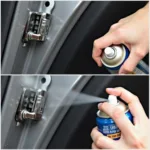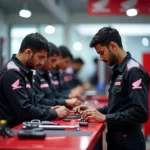Owning an older car can be rewarding, but it requires diligent maintenance. Knowing how to check and service your old car is crucial for its longevity and your safety. Regular checks and timely servicing can prevent costly repairs down the road and ensure your vehicle remains reliable. Learn how to keep your classic car running smoothly.
Maintaining an older car requires a proactive approach. Unlike newer vehicles with advanced diagnostic systems, older cars rely on keen observation and regular checks. This article provides a comprehensive guide on how to check and service an old car, covering essential aspects from routine inspections to more in-depth maintenance procedures. How often should I service my car. This proactive approach will not only extend the lifespan of your vehicle but also enhance its performance and safety.
Essential Checks for Your Old Car
Before delving into servicing, regular checks are vital. These simple checks can be performed at home and provide valuable insights into your car’s health.
Fluid Levels
Check all fluid levels, including engine oil, coolant, brake fluid, power steering fluid, and transmission fluid. Low levels can indicate leaks or other issues requiring immediate attention. Top up fluids as needed, using the correct type specified in your car’s manual.
Tire Pressure and Condition
Proper tire pressure is crucial for safety and fuel efficiency. Check the pressure regularly and inflate to the recommended level. Inspect tires for wear and tear, cuts, or bulges. Uneven wear can signal alignment problems.
Lights and Signals
Ensure all lights and signals are functioning correctly, including headlights, taillights, brake lights, turn signals, and hazard lights. Replace any burnt-out bulbs promptly.
Belts and Hoses
Inspect belts and hoses for cracks, fraying, or leaks. These components are essential for engine operation and cooling, and their failure can lead to significant problems.
Battery Terminals
Check battery terminals for corrosion. Clean them with a wire brush and baking soda solution if necessary. A poorly connected battery can cause starting problems.
Servicing Your Old Car: A Step-by-Step Guide
Regular servicing is essential to keep your old car in top condition. While some tasks can be done at home, others require professional expertise.
Oil Change
Regular oil changes are crucial for engine longevity. Old engines are more susceptible to wear and tear, making regular oil changes even more important. Refer to your car’s manual for the recommended oil change interval. What is oil flush in car servicing.
Air Filter Replacement
A clean air filter ensures optimal engine performance and fuel efficiency. Replace the air filter according to the manufacturer’s recommendations or sooner if it appears dirty or clogged.
Spark Plug Replacement
Old spark plugs can lead to misfires and reduced fuel economy. Replace spark plugs at the recommended intervals.
Brake Inspection and Service
Brakes are crucial for safety. Inspect brake pads and rotors for wear and tear. Have your brakes serviced by a qualified mechanic if you notice any issues. Consider learning how to do car door service as part of your overall car maintenance.
Cooling System Flush
A cooling system flush removes rust and deposits, ensuring efficient cooling. This service is typically recommended every two years or as specified in your car’s manual. Is car air conditioning service necessary.
 Changing spark plugs in a classic car
Changing spark plugs in a classic car
Choosing a Car Service Centre for Your Old Car
Selecting the right service centre is crucial for your old car. Look for a mechanic with experience working on older vehicles. Ask for recommendations from other classic car owners or check online reviews. How to choose the best car service centre.
“Regular maintenance is the key to keeping your classic car running smoothly,” says John Smith, a seasoned mechanic with over 30 years of experience. “Don’t underestimate the importance of regular checks and timely servicing. It can save you a lot of money and headaches in the long run.”
“Older cars require a different approach than modern vehicles,” adds Jane Doe, a renowned automotive expert. “A good mechanic specializing in classic cars understands the nuances and specific needs of these vehicles.”
Conclusion
Knowing how to check and service an old car is essential for preserving its value and ensuring its reliability. By following the guidelines in this article, you can keep your classic car running smoothly for years to come. Remember, regular maintenance is an investment in your vehicle’s longevity and your peace of mind. How to check and service an old car shouldn’t be a mystery, with a little effort you can keep your classic running.
FAQ
- How often should I change the oil in my old car?
- What are the signs of a failing water pump?
- How can I prevent rust on my classic car?
- What are the benefits of using synthetic oil in an older engine?
- How do I know if my car needs a tune-up?
- What should I do if my car overheats?
- How can I find a reliable mechanic for my classic car?
Common Scenarios and Questions
- Scenario: My old car is making a strange noise. What should I do?
- Question: How do I find the correct replacement parts for my classic car?
- Scenario: My car won’t start. What could be the problem?
Further Resources
Explore our other articles on car maintenance:
- How to do car door service
- Is car air conditioning service necessary
- What is oil flush in car servicing
- How often should I service my car
- How to choose the best car service centre
Need help with your car? Contact us on WhatsApp: +1(641)206-8880, or Email: [email protected]. Our 24/7 customer support team is ready to assist you.

